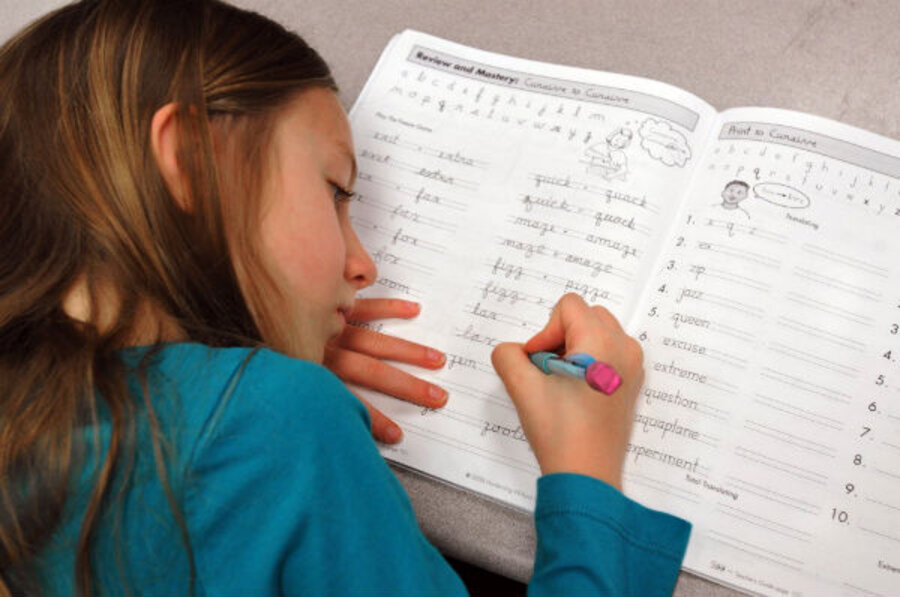Cursive letters offer more than aesthetic, study says
Loading...
The pseudo-science of graphology has for centuries maintained that handwriting is a window into the soul: by scrupulous observation, an expert graphologist could, in theory, divine personal qualities, truthfulness, and even the moral character of the writer emanating from the handwriting that they were studying.
And while handwriting analysis might be overambitious about what it reads into the written word, it plays on an essential truth: the way we write relates to the way we think and express ourselves. As cursive handwriting is drummed out of schools from coast to coast, there has been push back from parents and educators – initially on an emotional basis, but increasingly with some more rigorous backing.
A study (published in 2012, but hitting the newswires this month) by Professor Isabelle Montésinos-Gelet at the University of Montreal’s Faculty of Education looked into the writing habits of 718 Québec students and teachers in 54 second grade classrooms. Students were learning cursive, or learning to print letters, or both – the study suggests that students just learning cursive reaped benefits when it came to spelling and syntax.
The development of automatic motor movements, the study suggested, was key – when you can write in a smooth, no-thought-required manner, you can concentrate on expressing yourself, not on grinding out each individual word or letter. Cursive in particular forced students to develop a stroke order that resulted in no backwards letters, and it also pushed students into laying down proper word spacing.
Interestingly, the study didn't examine what might happen to students who weren't taught any handwriting whatsoever, but were instead simply drilled on expressing thoughts through keyboards (or voice recognition software) alone. That may sound like a dark future, but as more and more of human communication moves onto tablets and phones, it's entirely possible that handwriting will one day be as generally relevant as donkey taming or archery.
As a still-active participant in the potentially dying art of writing letters out by hand, I think its possible death is a bit of a shame. A hand-written thank you note or invitation, for example, still trumps even the most animated of .gif-based communiques. And on those rare occasions when I receive written communication from someone with beautiful handwriting, I have to admit to feeling a little emotional about it – it's an almost magical thing these days, only slightly less rare than a unicorn.
Like many journalists and most doctors, my own handwriting is what used to be called "chicken-scratch." That said, the dozens of little hand-written to-do list notes I write for myself each day and fling about my home office, wallet, and car, are actually key to staying focused and getting work done. I could of course keep the same list on my smartphone or desktop computer, but having the physical artifact makes a big difference to actually being motivated by the list. And when it come time for my son to write thank-you notes for presents, he'll be doing it with pen and paper, regardless of where the school system has gone with writing instruction.
The scariest thing about abandoning handwriting (print, or cursive) is the idea that by writing things out by hand, we may actually be usefully training our brain in a way that the mere interaction with computers doesn't ... and that training, much in the same way that talking changes the way we think, may help us be the people that we are.
On that front, handwriting conservatives like myself can breathe a sigh of relief that, at the very least, people are looking into the issue and finding that jettisoning cursive is not a small decision – how we write may have a real impact on who we are.








